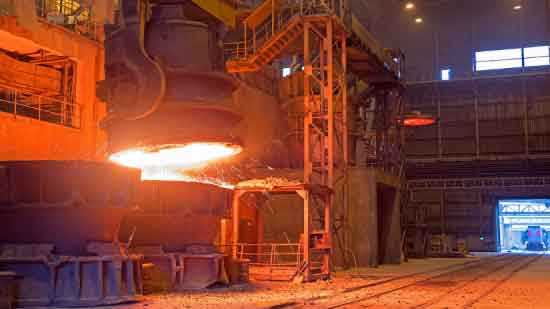
Steel sand casting plays a significant role in meeting the structural requirements of the construction industry. The durability, strength, and versatility of steel make it an ideal material for various construction applications. Here are some key aspects of steel sand casting in the construction industry:
- Structural Components: Steel sand casting is commonly used to produce critical structural components for buildings, bridges, and infrastructure projects. Components such as beams, columns, brackets, connectors, and base plates can be efficiently manufactured through steel sand casting. The high strength of steel ensures the structural integrity and load-bearing capacity required for construction projects.
- Customization and Complexity: Steel sand casting allows for the production of complex and customized components to meet specific construction requirements. With the flexibility of sand molds, intricate shapes, sizes, and geometries can be achieved, allowing for design freedom and adaptability to different construction projects.
- Strength and Durability: Steel has excellent mechanical properties, including high tensile strength, toughness, and resistance to wear and corrosion. These properties make steel sand castings highly suitable for structural applications where strength, durability, and long-term performance are crucial.
- Dimensional Accuracy: Steel sand casting can achieve high dimensional accuracy and tight tolerances, ensuring precise fit and alignment of components during construction. Proper pattern design, mold preparation, and casting techniques contribute to maintaining the required dimensions and minimizing dimensional variations.
- Quality Assurance and Testing: Stringent quality control measures are implemented in steel sand casting to ensure the reliability and performance of components. Non-destructive testing methods, such as ultrasonic testing and X-ray examination, are employed to detect any internal defects or discontinuities that could compromise the structural integrity. Mechanical testing verifies the strength, hardness, and other mechanical properties of the cast components.
- Versatility of Steel Alloys: Steel sand casting can accommodate various steel alloys, including carbon steels, low alloy steels, and stainless steels. Different alloy compositions can be selected based on specific construction requirements, such as corrosion resistance, high-temperature performance, or specific environmental conditions.
- Cost-Effectiveness: Steel sand casting offers a cost-effective solution for producing large and complex structural components in medium to large volumes. The scalability of the casting process allows for efficient production and cost optimization, making it an attractive choice for construction projects.
Steel sand casting provides the construction industry with a reliable and versatile method for producing high-quality, structurally sound components. With its strength, durability, customization capabilities, and cost-effectiveness, steel sand casting helps meet the structural requirements of various construction projects, contributing to the safety and longevity of buildings, bridges, and infrastructure.
